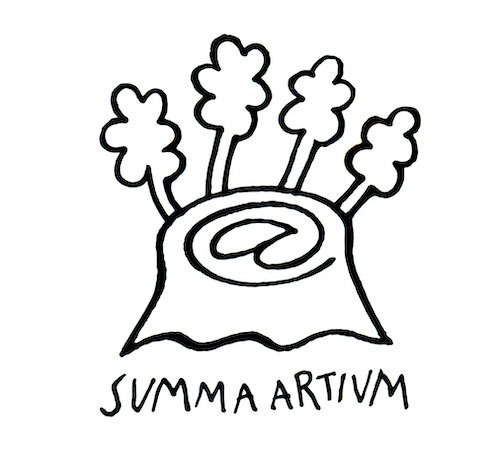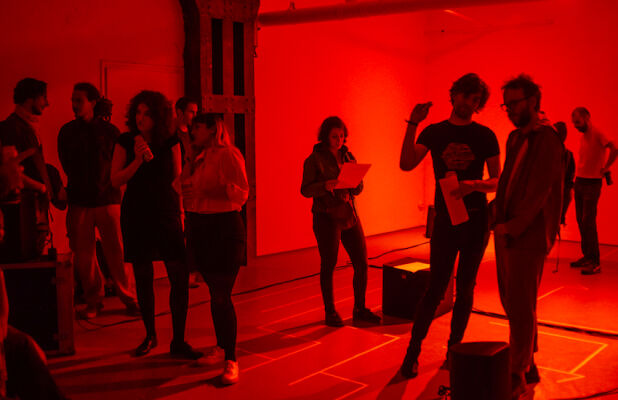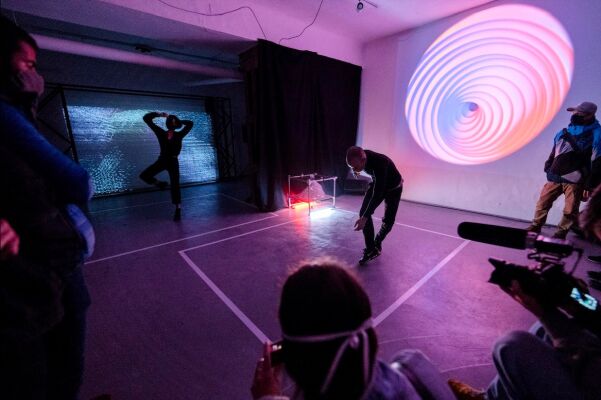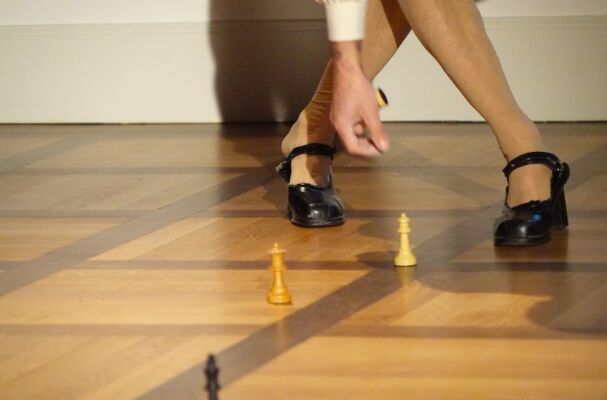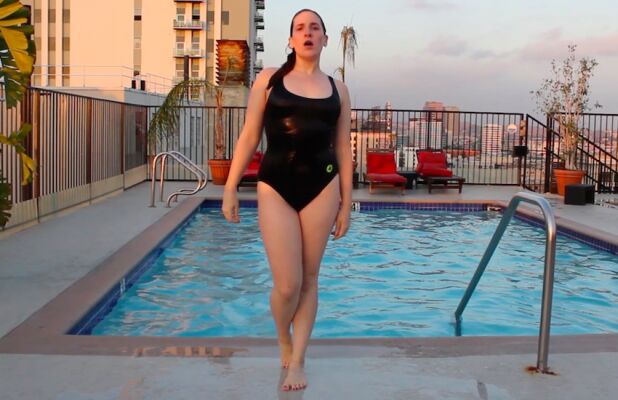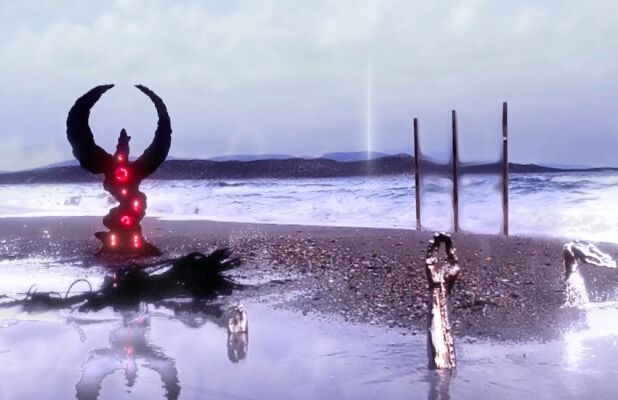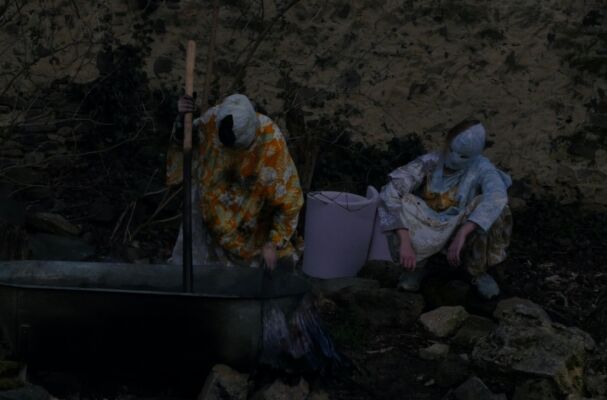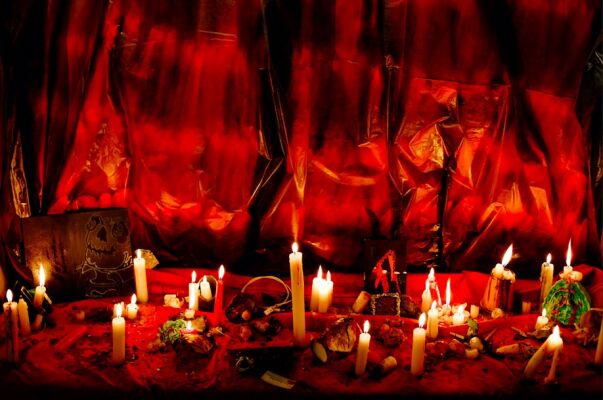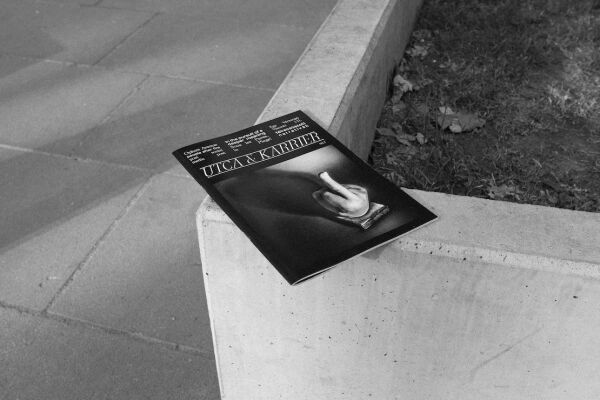Gold und Liebe VIII. – Utopia is an existence of uselessness
Rhizome Parking Garage
Rhizome parking garage is a decentralized art project. Through art, music, writing, and the creation of decentralized networks it hopes to help create a desire to shift the structural asymmetries.
Ian Bruner is a Colorado-based artist with a BA English Literature degree from UCCS, working digitally, and through sculpture, written text and music. Bruner’s practice has most recently begun to explore the gamification of labor and leisure hours, the effects of the vector and the apocalypse of the anthropocene. Bruner is the co-director of Rhizome Parking Garage and occasionally helps organize the Solo show.
Ráhel Anna Molnár: I first heard about Rhizome Parking Garage (RPG) when Hungarian artists Szilvia Bolla and Lőrinc Borsos worked on their piece for your project Beneath the beach, seamless paving stones. Can you tell me about RPG in general through this project? What is a parking garage and what is a rhizome?
Ian Bruner: The project started as a pavilion in the Wrong Digital Biennale. The initial show was titled "beneath the beach, seamless paving stones" being an oblique reference to the Situationists' enigmatic graffiti "beneath the paving stones, the beach."
The phrase suggests that Utopia can be formed from the pre-existing state lying just under our feet. Through the act of revolt, taking up the street, both physically in the act of throwing the paving stones towards oppressors in riot, and metaphorically dismantling the given structure(s) would reveal the materials for and the possibility of enacting a better future. Our title however refers to the current era and its violence of positivity (Byung-Chul Han) and how this has created a false beach, a siloized space of the non-negative, that exists to quail and distract the subject who is less and less able to change their circumstances. The asymmetries of the vector in many ways appear seamless, impenetrable. A small group of men selling the extracted and abstracted data of the subject. They know everything about us and we nothing of them, and in this horizon of obscurity we are becoming hackable, even our own behaviors (wants, needs, desires and beliefs), are suspect.
Rhizome parking garage operates as a decentralized guerrilla art exhibition site that is nowhere and everywhere at the same time. The rhizome offers a radicalizing pathway, an alternative, a possible source of disruption, and allows for an avenue of re-organizational practices, modes of thinking and acting. The many portals and pathways in the multi-connected rhizome, as well as the dissemination of thoughts and knowledge, have the potential to disintegrate the entrenched ideologies of the imposed structures from below/within. The uprising, the moment of emancipation (if this is still possible) will be a rhizome, something not able to be pulled out by its roots.
The parking garage equals multiples. The parking garage is a/the "inferno of the same" (the agony of Eros). It is a labyrinth in which the ceiling is often the floor, a schizophrenic environment that does not allow the face to be recognized. The(se) structures or modern functional ruins are a global phenomenon and in most cases duplicate a common design. In this way the parking garage acts as a portal, an access point into multi-linear spaces (this way and/or that). All parking garages comprise a kind of universal parking garage: when we are in one parking garage we are in all parking garages.
The global effects of the internet have displaced direction and have effectively erased all horizons. The rhizomatic connections of the internet, a(nother) decentralized and/or multicentered domain. The parking garage, when empty, is a blank and timeless space, each floor or level a duplicate of the prior and the next and each parking garage a duplicate of the last and the next. In this way it represents the equalizing malignancy of capitalism in its attempt to make everything exchangeable. When occupied by workers and/or consumers, the fixation of individu(aliz)ation (masking/obscuring the sameness) can be seen with its dehumanizing forces in one’s wandering and being lost (with)in the labyrinth, a maze in which objects and surroundings lose their distinctions, and collapse into one (another). That which was once an extension of the self (the fetishized/fetishizing vehicle) is seen to be an extension of the apparatus (society, other(s), the prevailing order and systemization of the economy, the so-called self, the endless lines of communication) that which individuals are inseparable from, and immanent within – eating and being eaten; the ouroboros. An ouroboros with many heads and many tails, all devouring and being devoured by one another, multiple tenses at once.
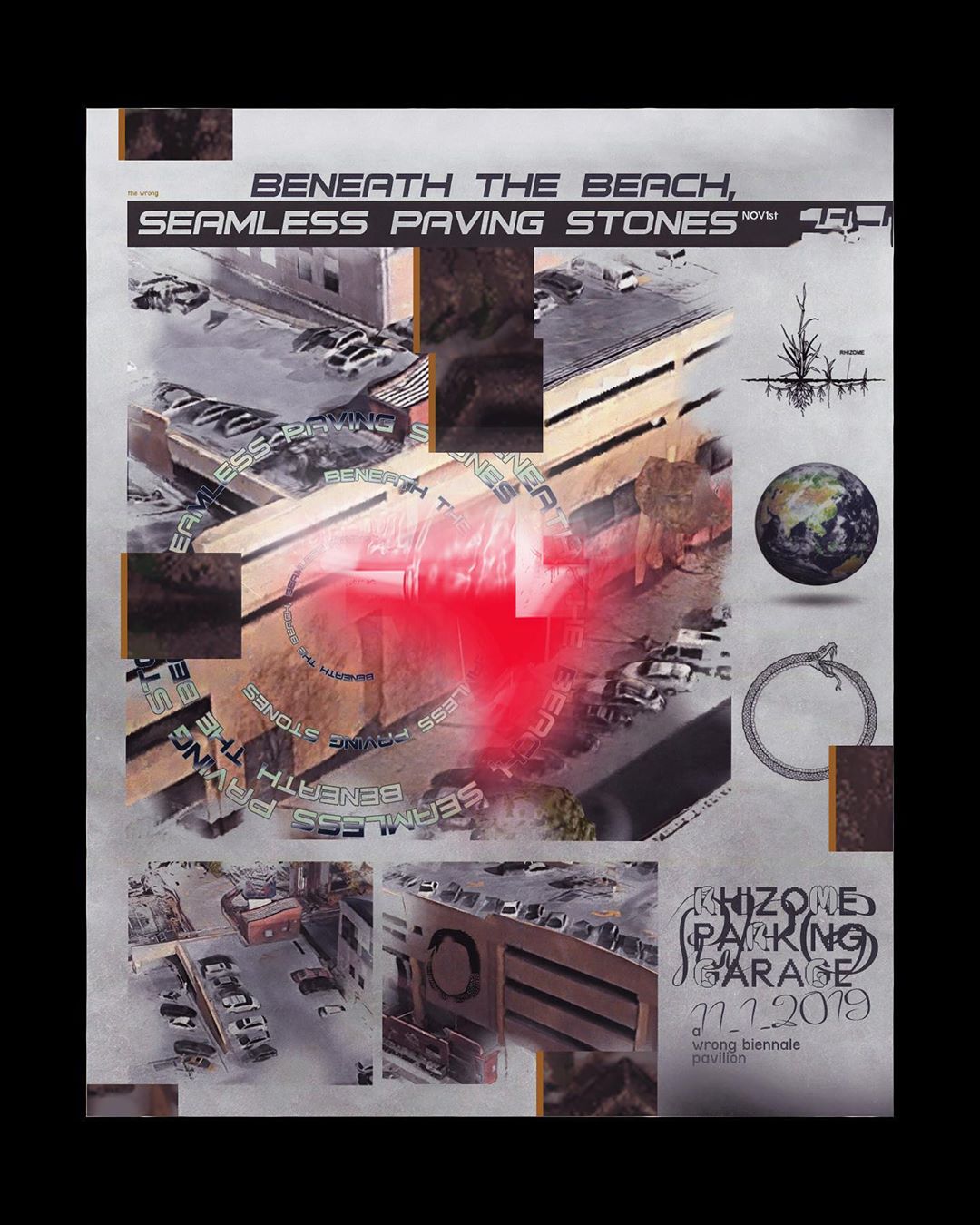
Ráhel Anna Molnár: Giulia Carpentieri made an interview-talk that included similar online exhibition and network platforms (Solo Show, MRZB, BCAA System among others). In the piece you mentioned "A driving factor to start the project was the idea of eliminating the need or reliance on a singular space, and in doing so circumvent costs, such as shipping or rent, basically going around the normal capital-driven methods." Talking about the Situationists’ and utopian vision, can we say you're building a utopia out of the technological dystopia of our time? Parallel to the obvious critic of hyper-institutionalism and the gallery space as its purest manifestation, can we say, you also work with the exact elements and media that techno-capitalism uses – interconnected alienation, post-human relations, the altered time and space of globalization –, but turning them to build an alternative. What is this utopia all about?
Ian Bruner: The practice of RPG in general is that of Detournement. Internet-based art practices are inherently subsumed within the abstracting machine of entertainment culture, attention economy and history. So in this way we have no other option, we are left to dissolve in the acids of data, rendered into remeints, fragments of categorized myths, this cannot be avoided. The contemporary subject has transformed into the interface, the infinite scroll, a hackable data mine. Every action is now either monetized or lays at the edge of monetization.
Utopia is a receding horizon or perhaps has the potential to exist after the curve, at the other end of the anthropocene, when the apocalypse has faded. Emancipation hopefully is not a failed project but rather the final struggle of the subject to defeat history. To ask art to do anything is something I have been thinking about lately. What can art do, and furthermore what can this particular form or practice accomplish? And if that is a healthy relationship to have with the act of production? As the ecstasy of production often creates or acts as an acelerante to lapse into the achievement subject. In this way I think spaces like Solo Show, Final Hot Desert, and Essenza Club and lots of others on the periphery, offer an alternative interface. As destruction is not the goal but rather a form of aufhaben. To abolish but preserve. An attempt to disrupt the division of labor which remains prevalent within the art world.
The Situationists have an essay All the king's men in which they say "a matter of poetry necessarily without poems." This practice is in many ways what RPG attempts to create, exhibitions necessarily without exhibitions. To create something useless. A sort of mutual aid trapped within a system of oppression. Utopia is an existence of uselessness.
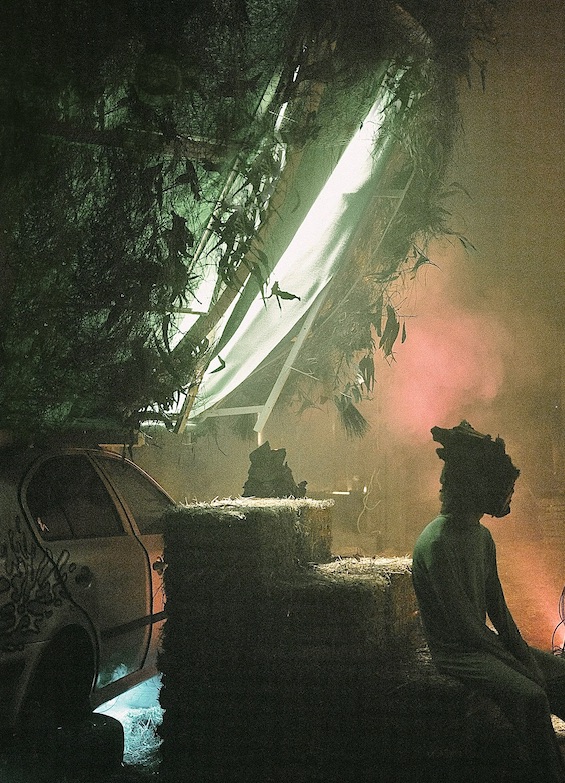
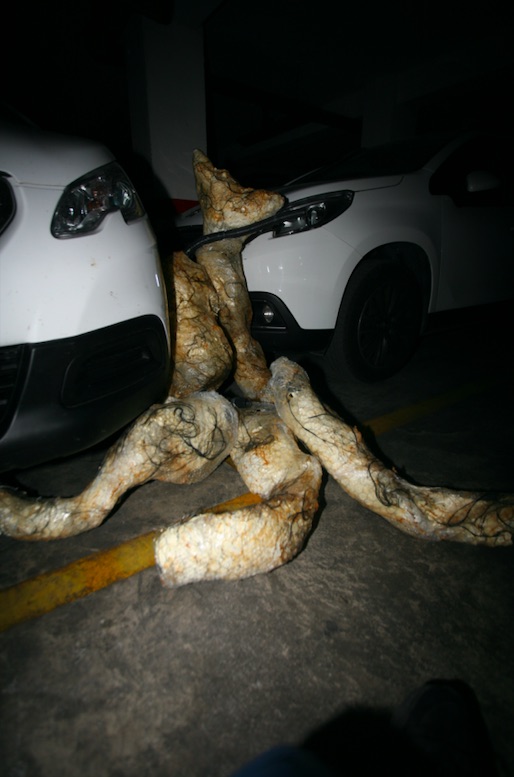
Ráhel Anna Molnár: In the context of the virtual image economy isn't this practice also tied to production? There are still physical artworks, inspiration, passion and labour put into this network. I rather see this practice as an act of critical overidentification.
Ian Bruner: Yes, it is a practice tethered to the image economy and one of labor and production, and therefore in danger of slipping into the realm of the auto-oppressive. In this way critical overidentification acts as a possible mode of deconstruction or gap between the node and the loop. Overidentification appears to occur as a result of the self encountering the other or more so the self encountering the simulation of the other. Perhaps overidentification is yet another form of pareidolia? Either way the seduction of identity can often lead to auto-oppressive, reductive, exclusionary and totalitarian behaviors and modes of thinking. Using the rhizome we can attempt to build models of non-hierarchical collaboration.
Ráhel Anna Molnár: There is also Solo Show that is presenting specifically offsite exhibitions from different peripheries, which you do together with Underground Flower. How did that evolve?
Ian Bruner: I started through digital art collaborations with other artists like Don_Elektrq, often having no real purpose in mind. We would sporadically share images or image banks and allow what came about to just occur. At this time I was very enamored by what Underground Flower was doing in their curatorial practices, such as staging shows in alleyways and Vietnamese convenience stores, and other offsite locations. There was and still are lots of other collectives and projects doing similar things that were also inspiring and who are often collaborators now. Over the years through working with others a network just kind of formed and with the practice of decentralized exhibitions there are a lot of possibilities and therefore many opportunities to be more inclusive. Torre Alain of Underground Flower and I had parallel ideas in the beginning of the pandemic to host a decentralized show in which the artist would exhibit their works within their own homes and decided it would be best to just merge. For the most part exhibits start with a particular problem, issue, or phenomenon we want to explore. A text is then typically collaboratively written and sent to the selected artists. Recently, we have been experimenting with narrative based exhibitions.
Ráhel Anna Molnár: What’s your daytime job?
Ian Bruner: I work as a property insurance claims adjuster. I live in Colorado with my wife and dog, and newly adopted kittens.
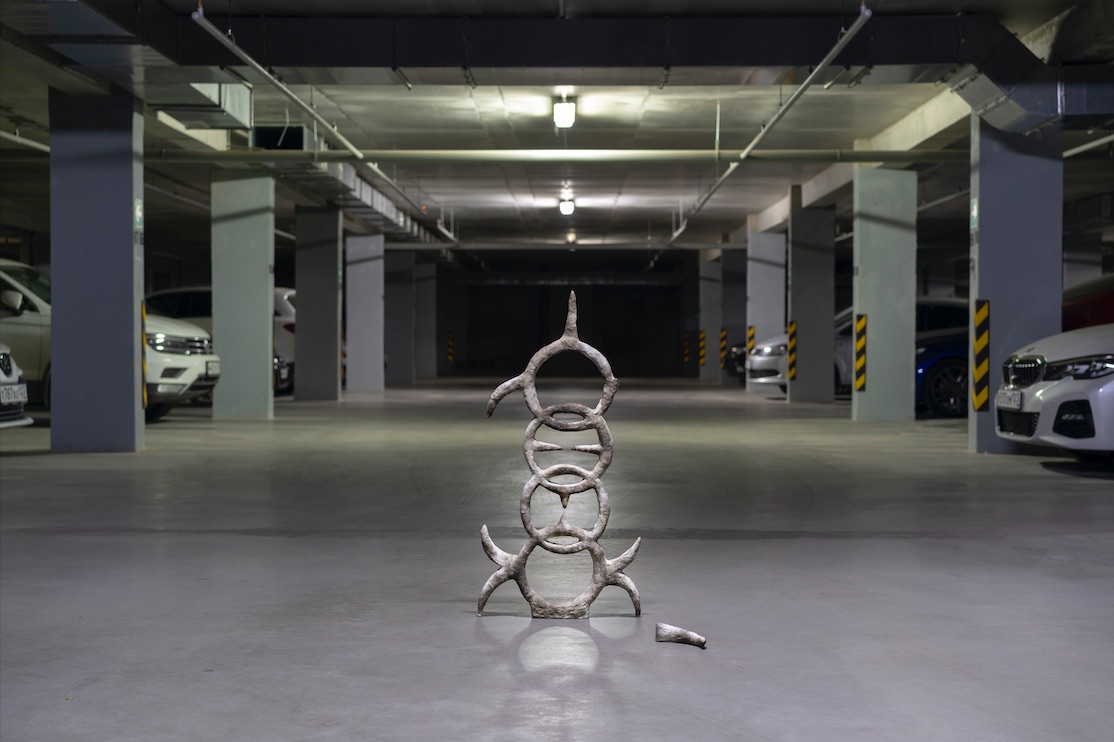
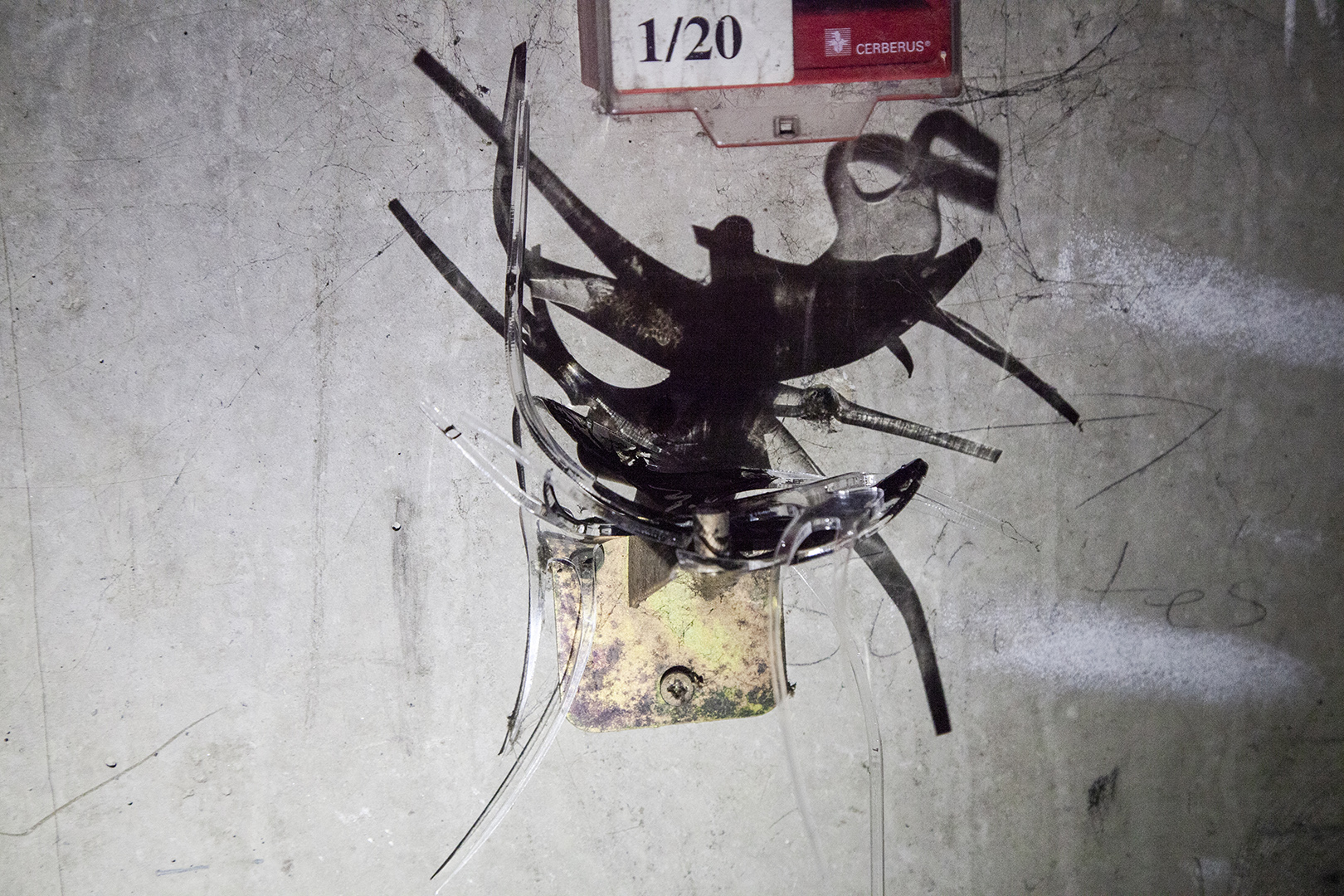
This article was created with the support of Summa Artium.
